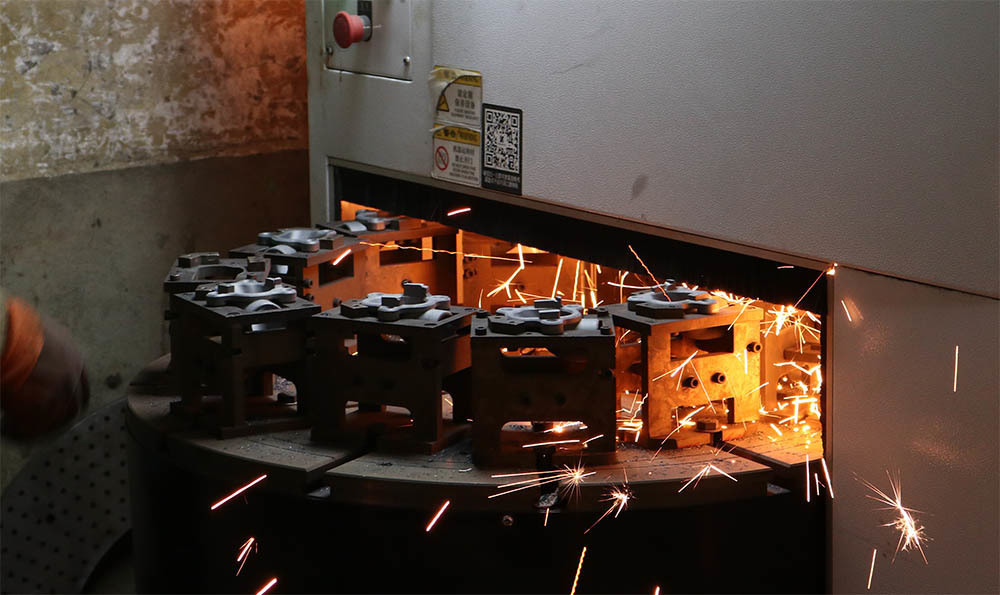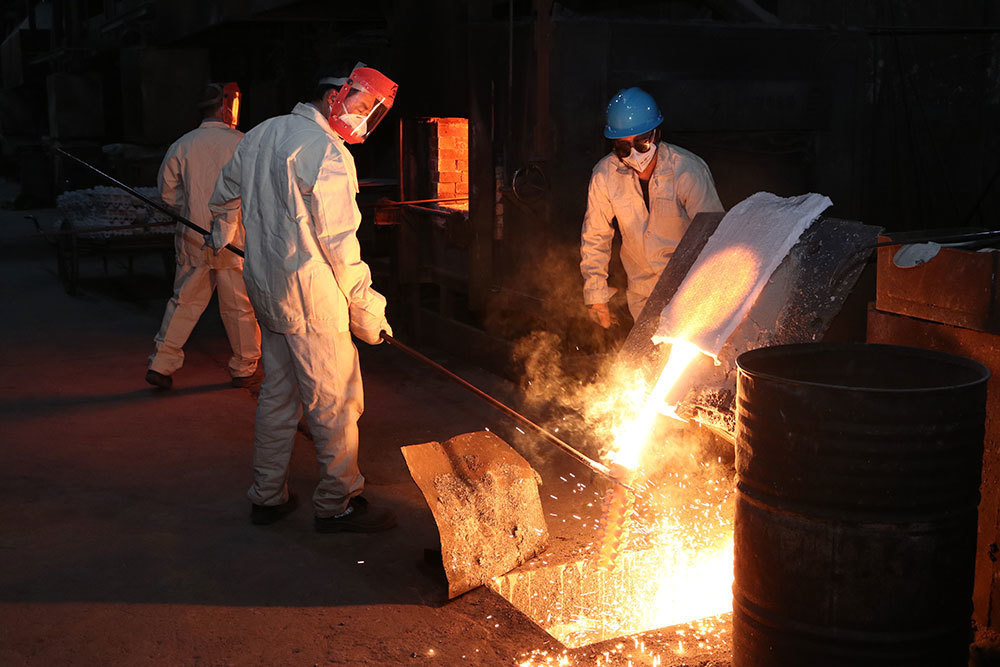2025-10-17
Unlocking the Secrets of Investment Casting: A Manufacturer's Perspective
Understanding Investment Casting
Investment casting, often hailed as the unsung hero of manufacturing, is a process that has been around for centuries. But what exactly is it? Well, let me break it down for you. This method, also known as lost-wax casting, involves creating a wax pattern, coating it with a ceramic shell, and then melting away the wax to leave a cavity for molten metal. Sounds simple, right? But oh boy, there's a lot more to it!
The Process: Step by Step
Alright, let's dive into the nitty-gritty of how investment casting manufacturers get their magic done. Here's a quick rundown:
- Pattern Creation: The first step involves making a precise wax model of the desired part. This isn't just any model; it's a replica that mirrors every detail!
- Shell Building: Next up, the wax model is coated in a fine ceramic material. This is typically done through a dipping process, creating a strong shell around the wax.
- Wax Removal: Now comes the thrilling part—heat! The coated shell is heated, causing the wax to melt away. Bye-bye, wax!
- Metal Pouring: With the shell now hollow, molten metal is poured into it. This is where the real magic happens; the metal takes on the exact shape of the original wax model.
- Cooling and Finishing: Once the metal cools, the shell is broken away, revealing the cast part. But the work doesn't stop there; finishing touches like polishing and machining are often required.
Why Choose Investment Casting?
So, why would anyone choose investment casting over other manufacturing methods? Well, let's just say it's got some serious perks:
- Precision: Investment casting manufacturers can achieve incredibly tight tolerances, making it ideal for intricate designs.
- Material Versatility: This method works with a variety of metals, including steel, aluminum, and even titanium! Talk about options!
- Reduced Waste: Since the process uses a near-net shape technique, there's minimal waste of material. Mother Earth would approve!
- Cost-Effectiveness: For large production runs, investment casting can be more economical than traditional machining methods.
The Role of Investment Casting Manufacturers
Now, here's where investment casting manufacturers come into play. They are the wizards behind the curtain, orchestrating this entire process with precision and expertise. These manufacturers often employ advanced technologies, like 3D printing, to enhance the pattern creation stage, allowing for even more complex designs than ever before. Who knew casting could be so tech-savvy?
Challenges Faced by Manufacturers
But it's not all rainbows and butterflies in the world of investment casting. Manufacturers face their fair share of challenges:
- Quality Control: Ensuring that each cast meets strict quality standards can be a daunting task.
- Cost Management: Balancing quality and cost-effectiveness is a tricky tightrope to walk.
- Material Selection: Choosing the right material for the job can significantly impact the final product's performance.
The Future of Investment Casting
Looking ahead, the investment casting industry is set for some exciting advancements. With the rise of automation and AI, manufacturers are finding new ways to improve efficiency and reduce errors. Plus, the growing focus on sustainability means that investment casting may become even more eco-friendly in the years to come.
Final Thoughts
In conclusion, investment casting is a remarkable process that blends art and science to create high-quality metal parts. Whether you're a manufacturer, an engineer, or just a curious reader, understanding the workings behind investment casting can open your eyes to its potential. So, the next time you hear about investment casting manufacturers, you'll know just how much skill and innovation goes into their craft! Who knew metal could be so fascinating?
2024-01-20
2024-01-20









